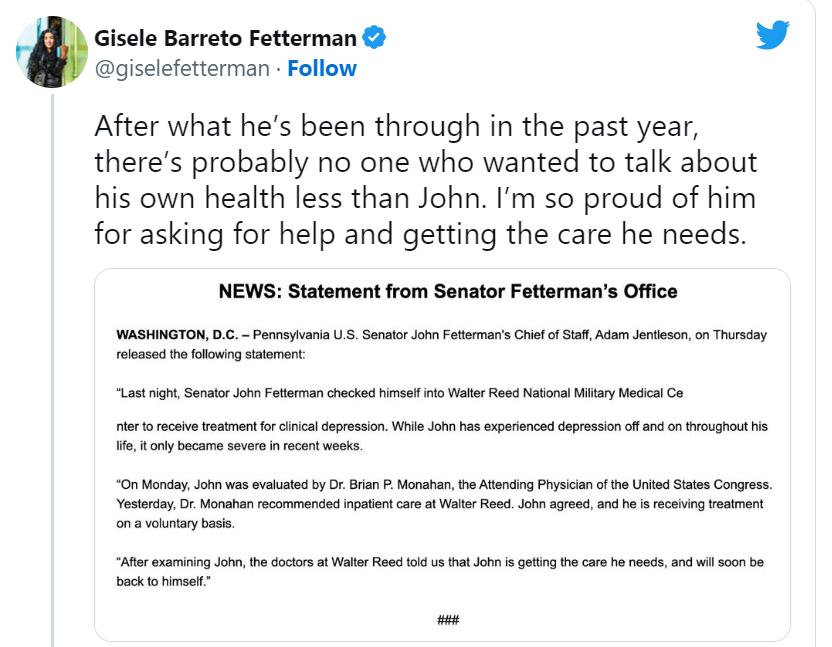Cornell Messages About Trigger Warnings
/Cornell University’s Student Assembly voted unanimously for faculty to include trigger warnings, but the Administration rejected the mandate. Business communication students can analyze the Cornell students’ resolution and the university’s email response.
The student resolution states: “Urging university officials to require instructors who present graphic traumatic content that may trigger the onset of symptoms of Post-Traumatic Stress Disorder (PTSD) to provide advance notice to students and refrain from penalizing students who opt out of exposure to such content.” Evidence includes research about PTSD and discussion about the value of advanced warnings. The resolution concludes: “Student Assembly implores all instructors to provide content warnings on the syllabus for any traumatic content that may be discussed, including but not limited to: sexual assault, domestic violence, self-harm, suicide, child abuse, racial hate crimes, transphobic violence, homophobic harassment, xenophobia.”
In the Administration’s response, President Martha Pollack and Provost Michael I. Kotlikoff reject the recommendation because it “would infringe on our core commitment to academic freedom and freedom of inquiry, and are at odds with the goals of a Cornell education.” They link to the university’s value of “Free and Open Inquiry and Expression” but acknowledge that certain warnings are “common courtesy” and that “contextualizing” content may be appropriate.
Conservative news organizations supported the Administration and criticized students for the proposal. With its own evidence, The Wall Street Journal editorial board wrote an opinion piece, not missing a chance to denounce DEI efforts: “Cornell’s position is good news, but these bad ideas will recur as long as the diversity, equity and inclusion bureaucracy governs academia, pushing the notion that honest speech and debate are traumatic. If universities want to reclaim real intellectual openness on campus, they have to help students get comfortable with being uncomfortable.” Cornell’s Administration might agree with the last part of that argument.
Several character dimensions are illustrated in these examples. We might say that students demonstrated courage with their resolution, and the Administration demonstrated integrity by being consistent with university values. Some might believe Administrators lack compassion for students and are failing to hold faculty accountable, while others might say the university holds everyone accountable for inquiry and learning. It’s complicated and could lead to a good class discussion.




















